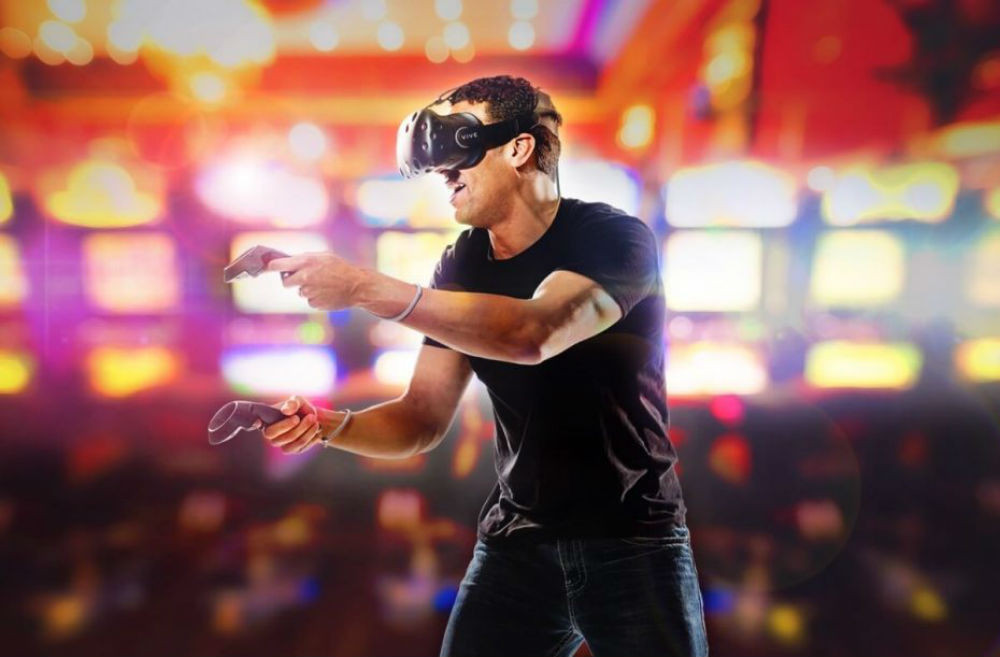
The virtual reality industry, such as it is, continues to have a hard time selling itself to much of the world.
According to a new report from Canalys, U.S. consumers accounted for 40 percent of the global VR market in the first quarter of 2017. Japan moved up to the number two spot with 14 percent.
Perhaps most troubling, however, is that Chinese consumers seem increasingly indifferent to VR. Canalys said China fell to 11 percent, citing a “different gaming culture combined with the unwillingness to pay for content, including VR.”
Not surprisingly, HTC’s Vive is the leader in its hometown Chinese market, with 25 percent of the market share. That means HTC has the most at stake in that country, and Canalys said the company is trying a number of initiatives to boost adoption.
This include pushing VR in Chinese schools, making China “the first country to widely introduce VR into private and public schools.”
“HTC is trying to discover and promote new verticals as it deepens its relationship with local and governmental establishments,” said Canalys analyst Jason Low, in a statement. “From introducing the Vive Group Edition 10-headset bundle to promoting Vivedu and Vivepaper for schools, HTC has multiplied its commitment to grow the VR education segment in China.”
In the U.S., Sony’s PlayStation VR had 60 percent market share, highlighting the challenges still faced by Facebook’s Oculus VR and HTC.
This post by Chris O’Brien originally appeared on VentureBeat.